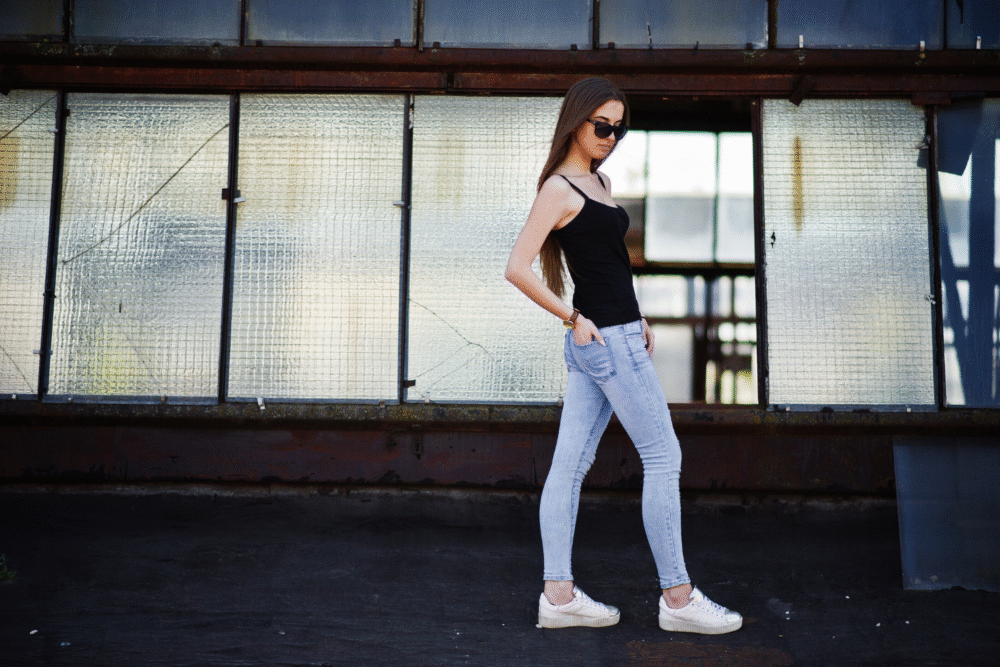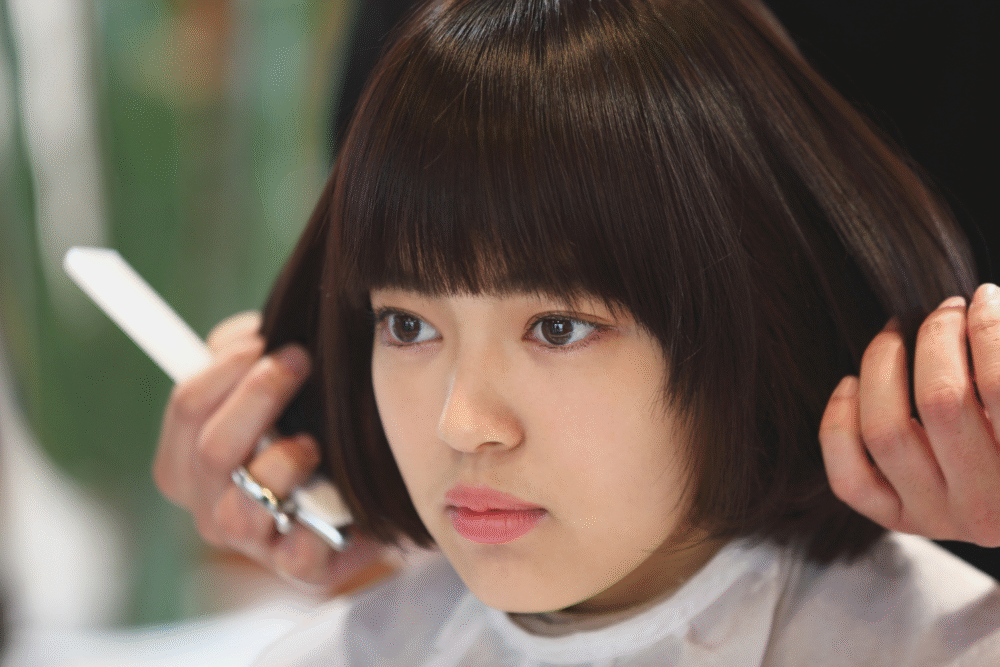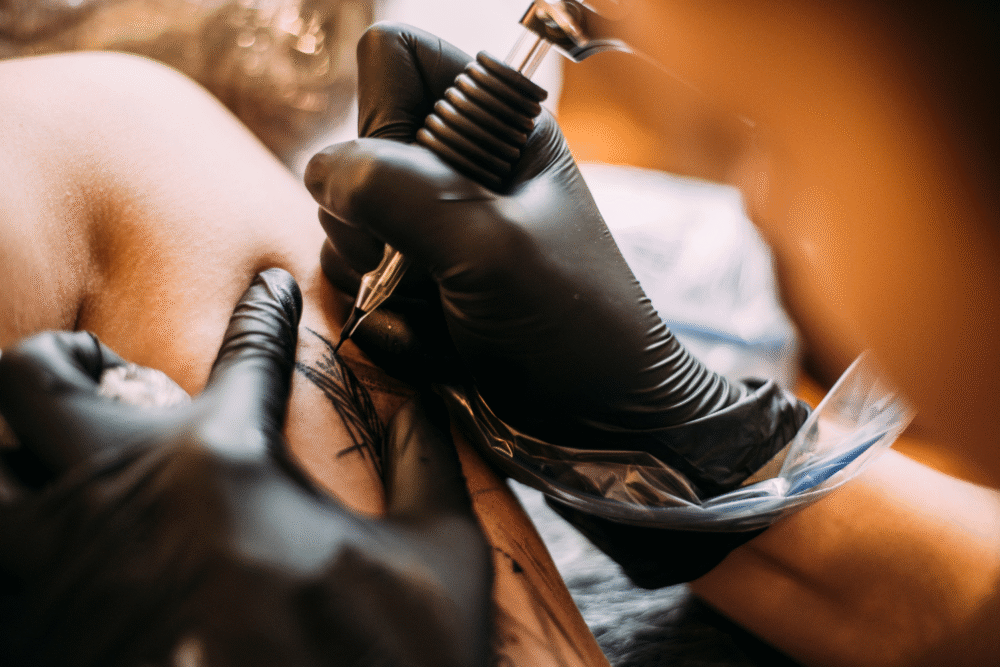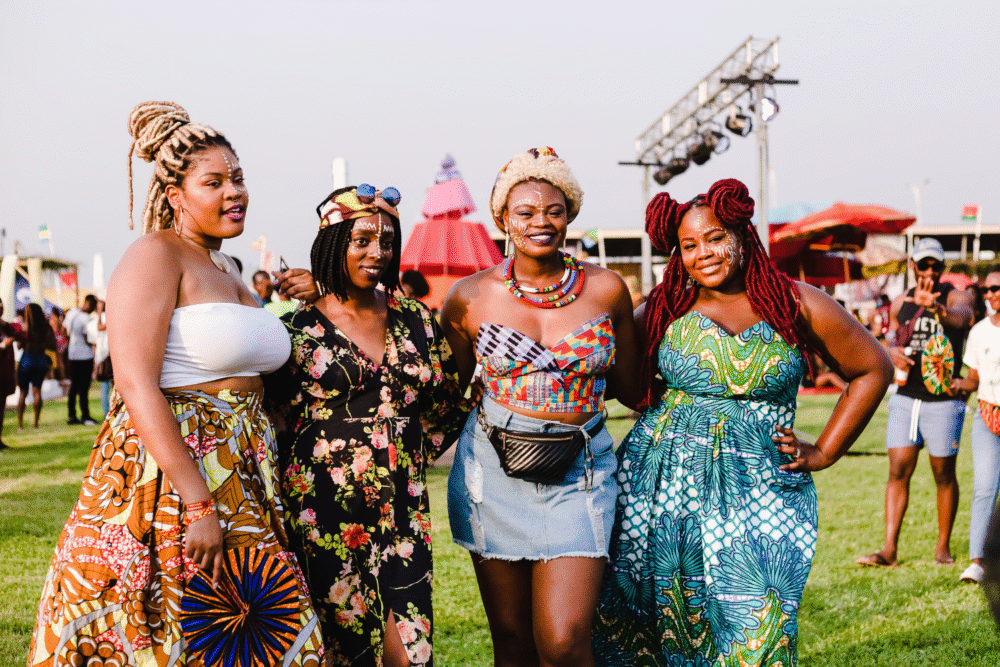Style has always been a marker of identity, especially across generations.

Fashion isn’t just clothing—it’s shorthand for values, aspirations, and rebellion. Each generation picks its look and lifestyle signals to set itself apart, whether it’s a hairstyle, a shoe, or an attitude about what counts as “cool.” These choices aren’t random—they’re cultural fingerprints.
Here are ten fashion and lifestyle trends that highlight how each generation drew its own line in the sand, often sparking debates that linger even today.
1. Skinny jeans versus baggy silhouettes.

Millennials made skinny jeans iconic, pairing them with boots and oversized tops. They were sleek, versatile, and for a time defined casual fashion. Gen Z, however, rebelled by bringing back loose, baggy cuts inspired by the ’90s. The fit itself became a generational divide.
The split says more than “tight versus loose.” It reflects shifting priorities—structure and polish for Millennials, comfort and nostalgia for Gen Z. Both trends showcase how fashion doubles as cultural commentary.
2. Sneakers that signal identity.

Baby Boomers grew up with Chuck Taylors and functional shoes. Gen X elevated sneakers into subculture staples, tying brands like Vans and Adidas to skate or hip-hop identity. Millennials then transformed sneakers into status symbols, with Jordans and Yeezys fetching luxury-level attention.
For Gen Z, sneakers are about inclusivity and sustainability. Thrifted pairs and limited-edition drops both hold value. Sneakers became not just footwear, but a generational language for belonging.
3. Hair as rebellion or self-expression.

Long hair in the ’60s symbolized protest against conformity. Gen X gravitated toward grunge shags and punk spikes. Millennials turned to sleek straightening and polished bobs, while Gen Z embraces every possible color, curl, and cut with unapologetic flair.
The through line is autonomy. Each generation reclaims hair as more than style—it’s resistance, identity, and artistry. Trends shift, but hair remains the most visible declaration of independence.
4. Coffee culture as lifestyle.

Boomers stuck to drip coffee and diner mugs. Gen X made Starbucks a daily ritual, while Millennials elevated specialty lattes and third-wave cafés into lifestyle branding. Gen Z adds another twist, embracing both craft coffee and chaotic energy drinks as symbols of their hyper-speed lives.
The differences reflect more than taste—they show how caffeine rituals map onto generational work habits and identities. What’s in your cup says just as much as what’s in your closet.
5. Tattoos as mainstream expression.

Tattoos once symbolized rebellion, often tied to bikers or sailors. Gen X and Millennials mainstreamed them, turning body art into personal storytelling. Gen Z goes further, making stick-and-poke and minimalist designs everyday accessories.
Generational views on tattoos reveal shifting comfort with permanence. Where older generations saw risk, younger ones see authenticity. Ink became less about defiance and more about narrative ownership.
6. The denim divide never disappears.

Boomers claimed bell-bottoms, Gen X swore by ripped jeans, and Millennials leaned into the precision of dark, tailored denim. Gen Z resurrects flares and experiments with patchwork or thrifted cuts.
The common thread is reinvention. Each generation adapts denim into a cultural shorthand, blending nostalgia with new interpretation. Jeans, more than any fabric, remind us that fashion’s most enduring trends are endlessly negotiable.
7. Fitness as lifestyle branding.

For Boomers, fitness was jogging and aerobics. Gen X popularized gym memberships, while Millennials launched boutique studios, yoga, and CrossFit. Gen Z, raised on influencers, merges fitness with wellness—tracking metrics, meditating, and embracing at-home workouts.
Generational fitness culture shows changing ideas of health. Each era markets movement differently, but the core remains: exercise doubles as identity, discipline, and social signal.
8. Festivals as style showcases.

Woodstock defined Boomer counterculture, with fringe and flower crowns setting the tone. Gen X had Lollapalooza and grunge aesthetics. Millennials transformed Coachella into a lifestyle stage, complete with Instagram-ready boho outfits. Gen Z reinvents festival fashion with maximalist thrift finds and experimental fits.
Festivals highlight how clothing translates into community. Each generation dressed for music, yes—but more importantly, for belonging.
9. Watches versus wearables.

Boomers prized heirloom watches. Gen X stuck to practical Timex and Casio models. Millennials flirted with luxury brands before Apple Watches stole attention. Gen Z leans into wearables that track sleep, stress, and even mindfulness.
The generational gap isn’t just about time—it’s about what’s measured. Older generations saw watches as status; younger ones treat them as health guardians. The accessory evolved into a mirror of values.
10. Sustainability as a generational marker.

Fast fashion surged in Millennial closets with brands like H&M and Zara. Gen Z rejected the waste, turning thrift shops and Depop into cultural touchpoints. They prize re-wear, upcycling, and visible sustainability as lifestyle badges.
This shift isn’t just aesthetic. It reveals how climate awareness shapes generational identity. Where older groups flaunted “new,” Gen Z flaunts “responsible.” Fashion becomes activism, woven into everyday choices.
